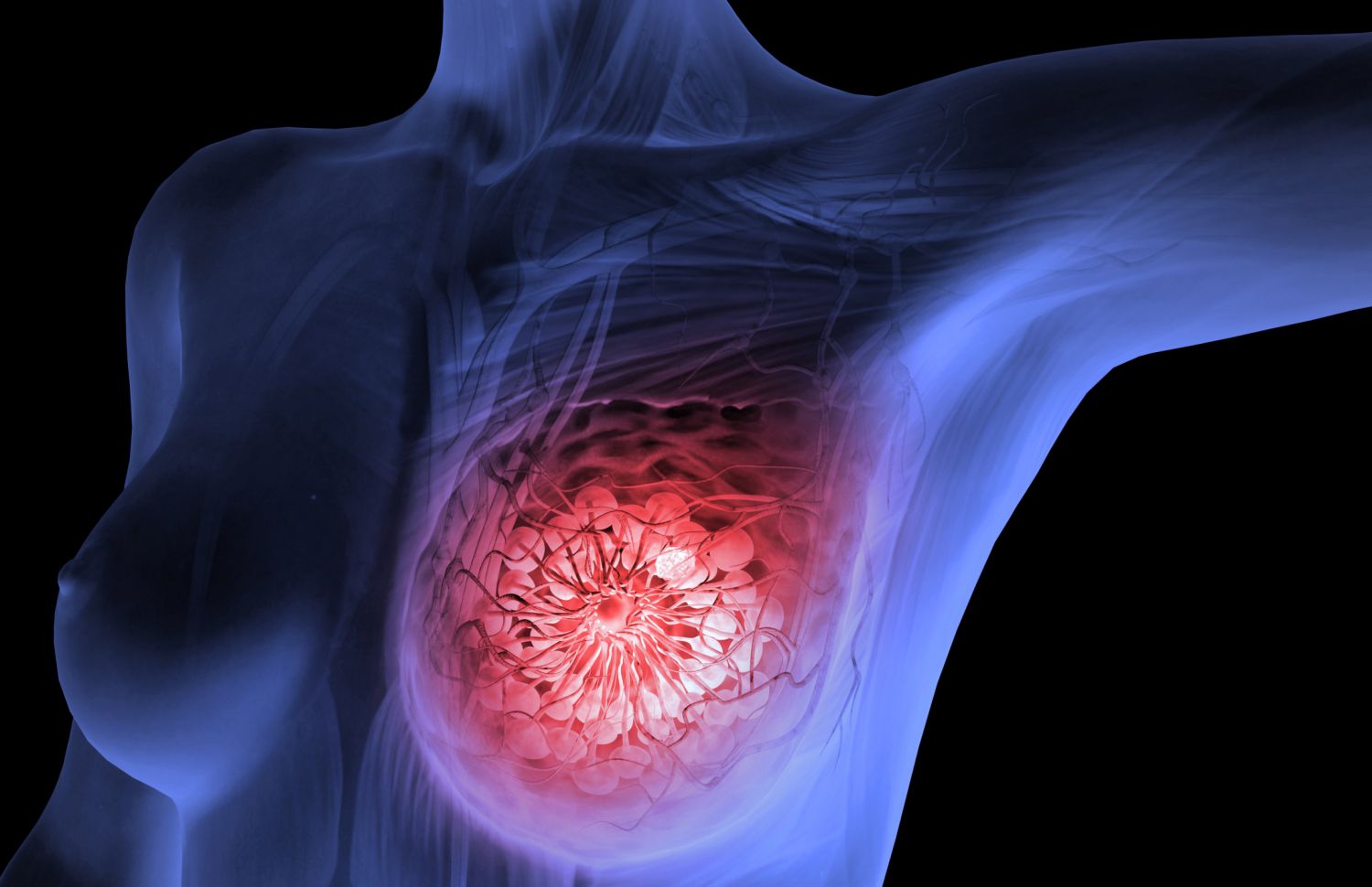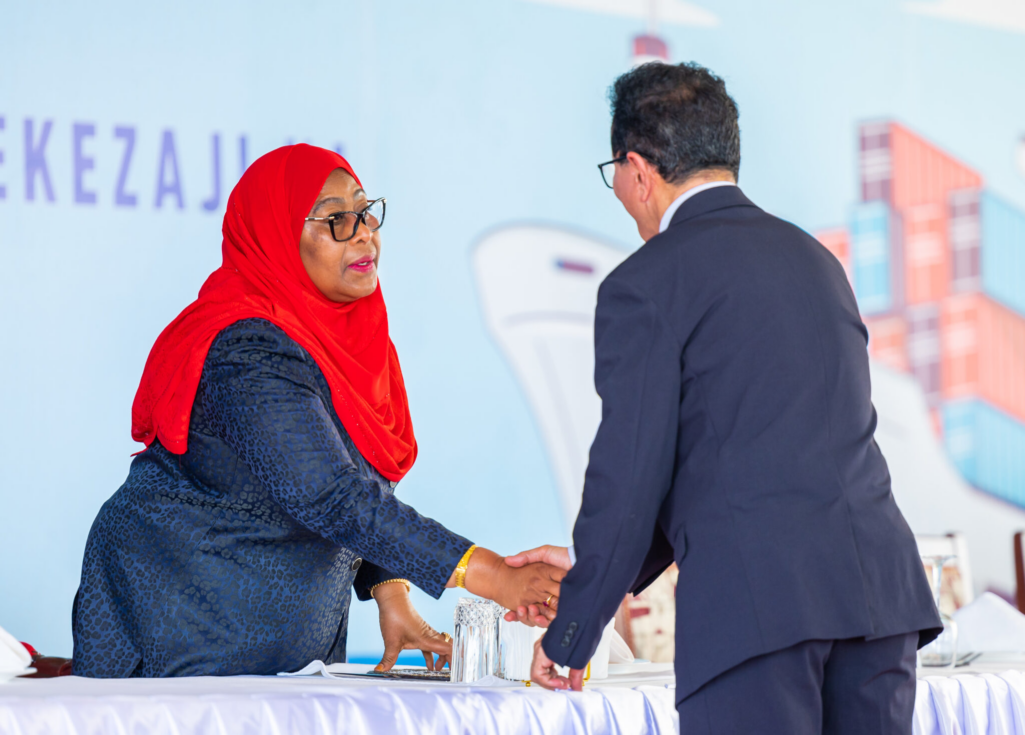Senegalese Government Makes A Humanitarian Move Towards Victims Of Breast And Cervical Cancer

Breast and cervical cancer are the most common forms of cancer among women. The mortality rate is staggering especially among low-income communities. The CDC’s National Breast and Cervical Cancer Early Detection Program (NBCCEDP) has been providing timely breast and cervical screening and diagnostic services to underprivileged women for 25 years.
However, from October 2019, the government of Senegal will begin offering free chemotherapy to breast and cervical cancer victims when they visit a public hospital. Speaking on the development, the president of the Senegalese Anti-Cancer League, Dr. Fatma Guenoun said,
“We are relieved because these are the most common types of cancers affecting women here.”
Support for breast and cervical cancer victims by African governments

Hitherto, the Senegalese government has been making efforts to alleviate the pain of breast and cervical cancer victims. In 2015, the government agreed to cover a minimum of 30% treatment cost for all forms of cancer. To ensure the efficiency of the new policy, the government has allocated approx. $1.6 billion dollars to its course. In an interview with BBC, a medical officer with the World Health Organization (WHO) said,
“This is an appropriate measure and will hopefully reduce mortality and help alleviate poverty.”
In addition to offsetting treatment cost for breast and cervical cancer, the government will also reimburse 60% treatment cost for other types. As part of an effort to achieve universal health coverage, various other countries including Rwanda, Kenya, and Botswana, are now providing cancer care. In Tanzania, cancer patients have a right to free treatment once diagnosed. However, they have to pay for the screening.
Factors that may hinder cancer treatment in Senegal
The scourge of breast and cervical cancer is high in Africa. According to WHO, Human Papillomavirus (HPV) infection leads to approx. 68,000 cases of cervical cancer annually in Africa. As much as 34 out of 100,000 women are diagnosed with cervical cancer each year. However, at least 23 of these diagnosed women die each year. Inasmuch as the population of Senegal is roughly 15 million, there are few doctors that specialize in oncology.
Also, there are a few advanced cancer treatment resources like radiotherapy machines. Consequently, a professor of surgery and global health medicine at the University of Washington, Dr. Benjamin Anderson is suggesting an increase in mammograms. Mammograms can detect the presence of breast cancer. Dr, Anderson is also advocating for the education of healthcare providers and the public on available treatment options. Nevertheless, the key to the survival of breast and cervical cancer lies in early detection.






Responses